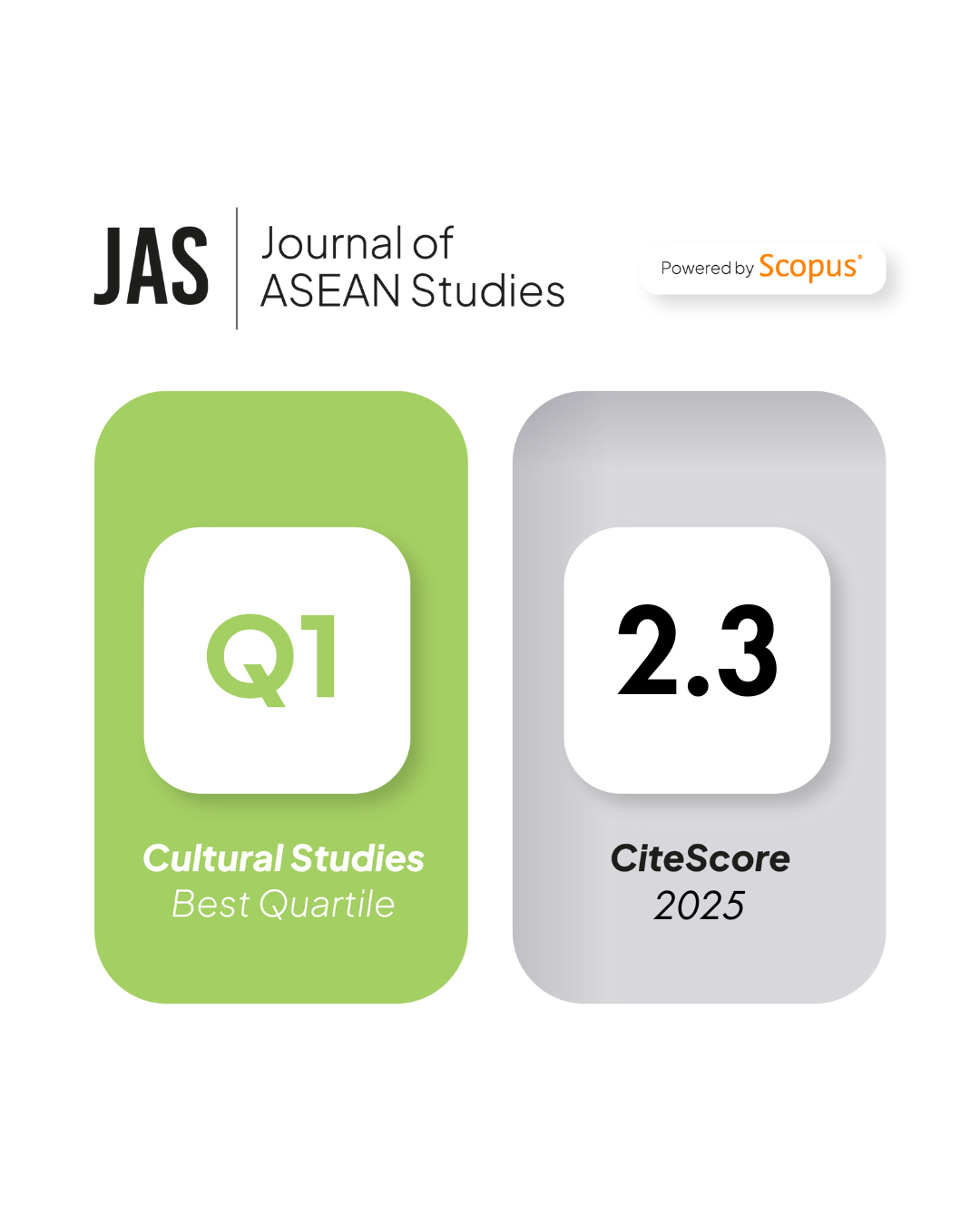Indonesia-China Energy Trade: Analyzing Global and Domestic Political Economic Significance in Indonesia-China LNG Trade
DOI:
https://doi.org/10.21512/jas.v1i1.59Abstract
Indonesia had been the largest LNG exporter for almost three decades since 1977 to 2005. During 1970s and 1980s, Indonesia’s energy industry boosted its economic growth that valued 80% of the country’s annual exports and 70% of its annual revenues. Meanwhile, Indonesia presents an exceptional case since it decreases its LNG export while it has been developing its largest LNG plant in Tangguh due to prioritizing domestic energy demand. But, since Indonesia eagerly links its economy to China, it uses LNG export as a medium to strengthen Indonesia-China strategic partnership. Tangguh LNG export to China, although it is not Indonesia’s largest LNG export contract, reflects a unique case of a developing country’s international energy trade. Because it presents evolution of Indonesia’s LNG export policy through dynamics of regional and global economic turbulences. This paper analyses the LNG export in the context of Asian economic crisis and its recovery, the peak of crude oil price in 2008 and followed by global financial crisis as the context as well as Indonesia’s domestic political dynamics.





















